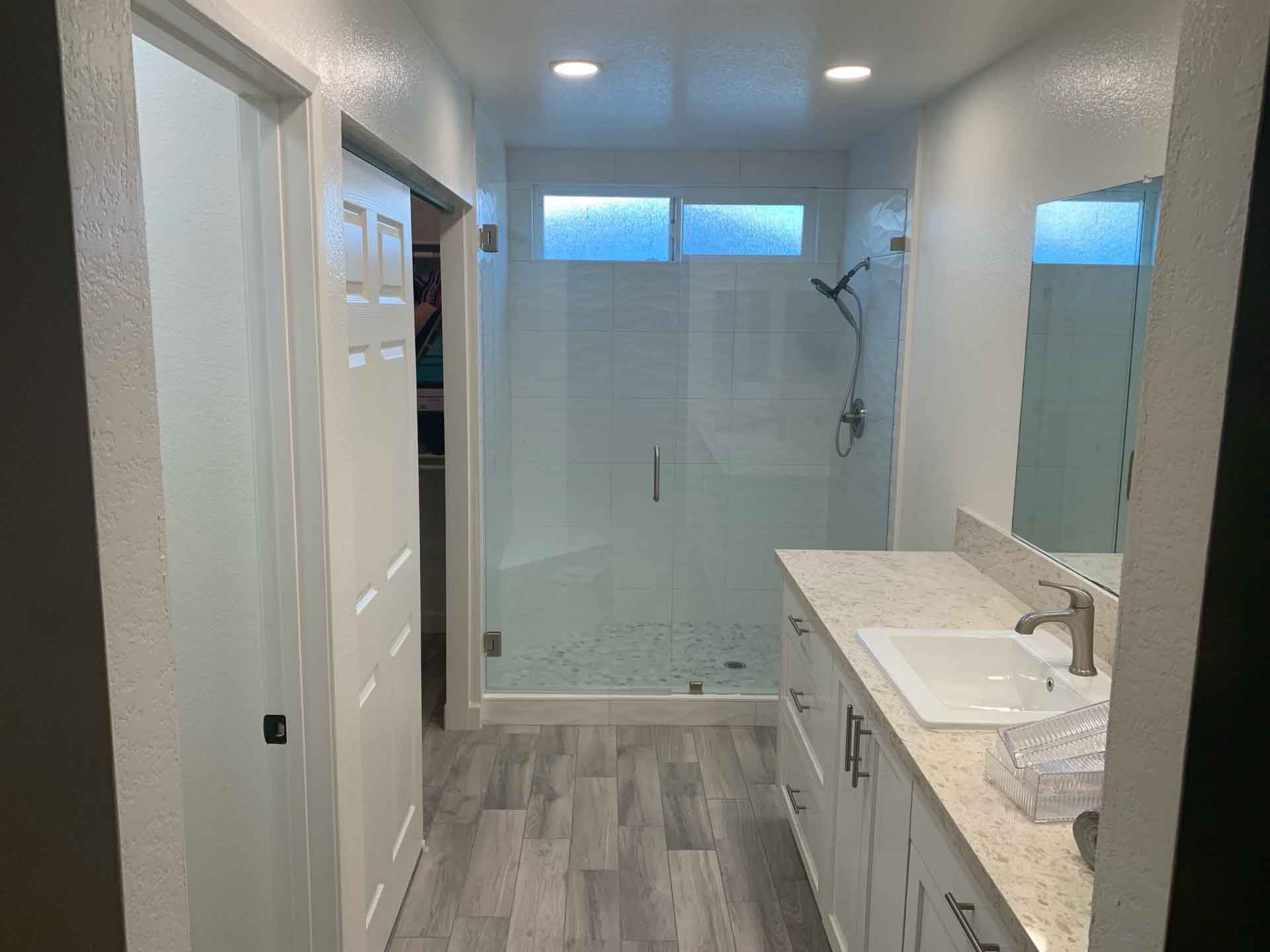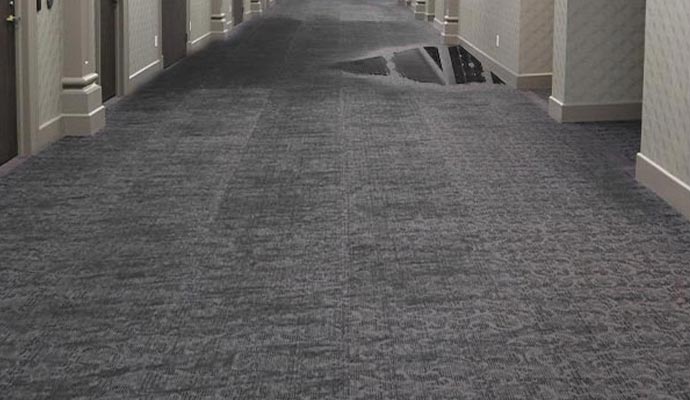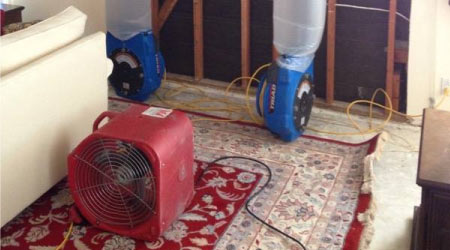Understanding the Sources and Impact of Water Damage in Homes
Water damage is a common issue faced by homeowners that can lead to costly repairs and significant inconvenience. It is crucial to understand the sources and causes of water damage to effectively prevent and mitigate its impact. This article aims to shed light on the common culprits behind water damage in homes, providing homeowners with valuable knowledge to safeguard their properties.

Understanding the Sources: Common Causes of Water Damage
- Leaking Pipes: One of the primary causes of water damage in homes is leaking pipes. Over time, pipes can deteriorate, develop cracks or become loose, leading to water seepage. Leaks often go unnoticed until they cause visible water damage or mold growth. Regularly inspecting plumbing systems and addressing any leaks promptly can help prevent water damage.
- Faulty Appliances: Appliances that use water, such as washing machines, dishwashers and refrigerators with ice makers, can be potential sources of water damage. Malfunctioning hoses or connections, worn-out seals or improper installation can cause leaks or overflow, resulting in water damage. Regularly inspecting and maintaining these appliances can minimize the risk of water damage.
- Roof Issues: A damaged or poorly maintained roof is another common culprit of water damage. Roof leaks can allow water to seep into the home, leading to structural damage, mold growth and compromised insulation. Inspecting the roof regularly, especially after severe weather events and promptly repairing any damage can help prevent water damage.
Assessing the Impact: Identifying Common Culprits in Homes
- Stains and Discoloration: Water stains or discoloration on walls, ceilings or floors can indicate water damage. These stains often appear as yellow-brownish patches and can be a result of leaks or poor water drainage within the walls or ceilings. Identifying and addressing the source of the moisture promptly is crucial to prevent further damage and mold growth.
- Mold and Mildew: Mold and mildew thrive in damp environments, making them common signs of water damage. The presence of a musty odor, visible mold growth on walls, ceilings and corners or the development of respiratory issues among residents can indicate water damage problems. Addressing the underlying cause of moisture and promptly eliminating mold growth are essential to prevent health issues and further damage.
- Sagging or Warping: Water damage can cause materials like drywall or wood to sag or warp. This can be observed through bulging or sagging walls, uneven or warped floors or doors and windows that no longer open or close properly. These signs often indicate long-standing or severe water damage that requires immediate attention to prevent further structural issues.
Safeguard Your Home Against Water Damage
Understanding the common culprits and causes of water damage in homes is the first step towards protecting your property. Regular maintenance, prompt repairs and professional inspections can significantly reduce the risk of water damage. By staying vigilant and addressing any signs of water damage promptly, homeowners can safeguard their homes, prevent costly repairs, and maintain a safe living environment.




















